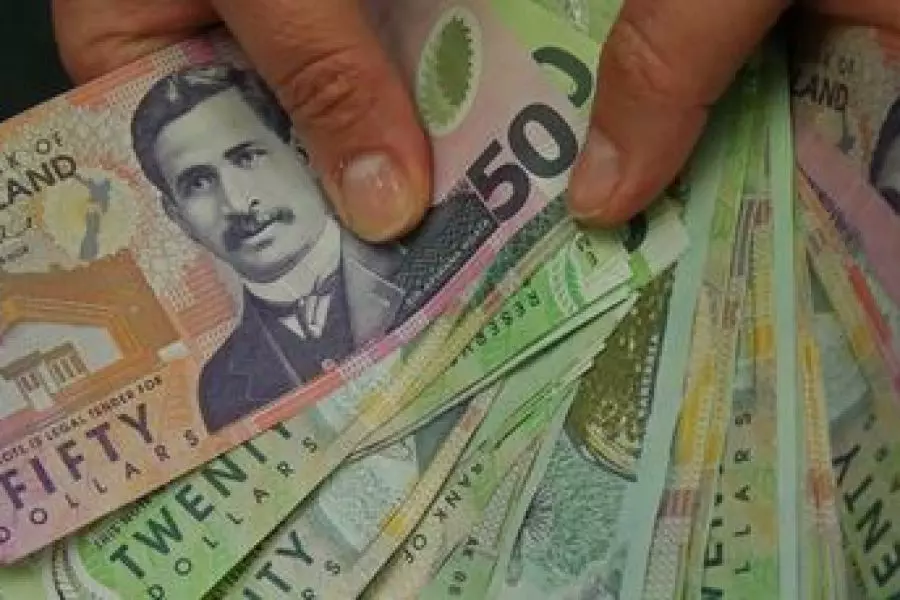News
Strong meth suspicions call for testing

Monday 21st of October 2019
Not so long ago, the meth contamination of rental properties was one of landlords’ biggest worries.
But, following the release of Sir Peter Gluckman’s report into the health risks of meth contaminated properties last year, there has been a noticeable decline in the public airing of this particular concern.
That’s because Gluckman’s report recommende...
Want to read the full article?
Click the button below to subscribe and will have unlimited access to full article and all other articles on the site.






![[The Wrap] Bye Bye Bayly](https://goodreturns.publit.io/file/c_fill,w_900,h_600/39f23ac1-f7c7-4854-b700-a150004ebbac.webp)


